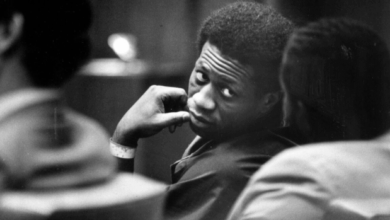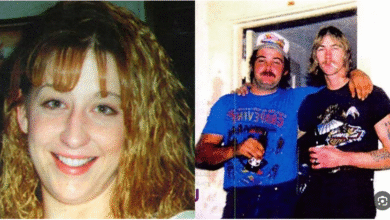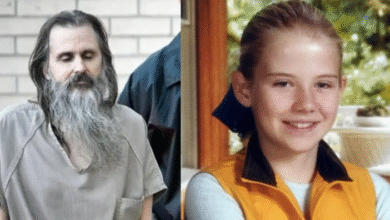The Black Dahlia Murder: Hollywood’s Most Chilling Unsolved Crime
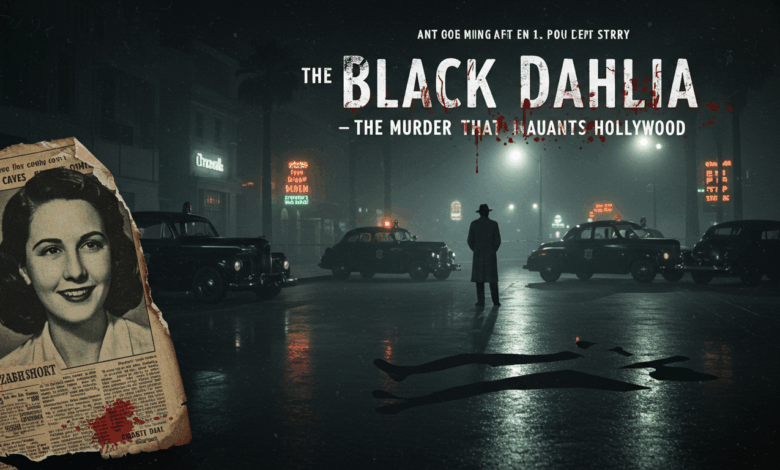
The Black Dahlia Murder: Hollywood’s Most Chilling Unsolved Crime
In the glittering heart of post-war Hollywood, a gruesome discovery shattered the illusion of glamour and fame. The mutilated body of a young woman was found in a vacant lot in Los Angeles, and with it began one of the most chilling and enduring mysteries in American criminal history. This is the story of The Black Dahlia—a nickname that would forever be etched into the dark side of Hollywood’s legacy.
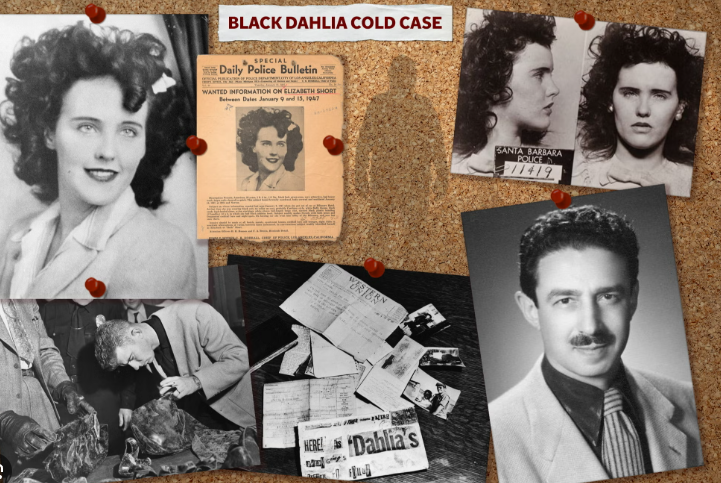
Who Was the Black Dahlia?
The victim, Elizabeth Short, was a 22-year-old aspiring actress who had moved to Los Angeles in search of fame. She was known for her striking beauty, dark wavy hair, and love of stylish black clothing, which later inspired the nickname “The Black Dahlia”—a play on the popular 1946 film The Blue Dahlia.
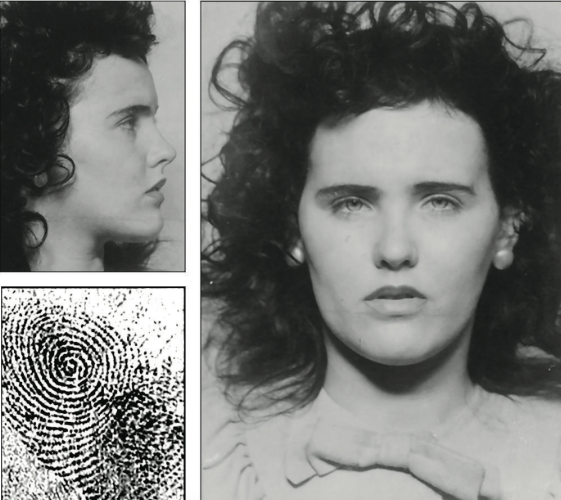
The Grisly Discovery
On the morning of January 15, 1947, a passerby discovered Elizabeth Short’s body in a vacant lot in the Leimert Park neighborhood of Los Angeles. Her corpse was severed in half at the waist, drained of blood, and eerily posed with arms raised and legs spread apart. Her face had been slashed from ear to ear, creating a grotesque “Glasgow smile.”
The body had been meticulously cleaned, and there was no blood at the scene, indicating she was killed elsewhere. The killer’s precision led investigators to believe the perpetrator had medical or surgical knowledge.
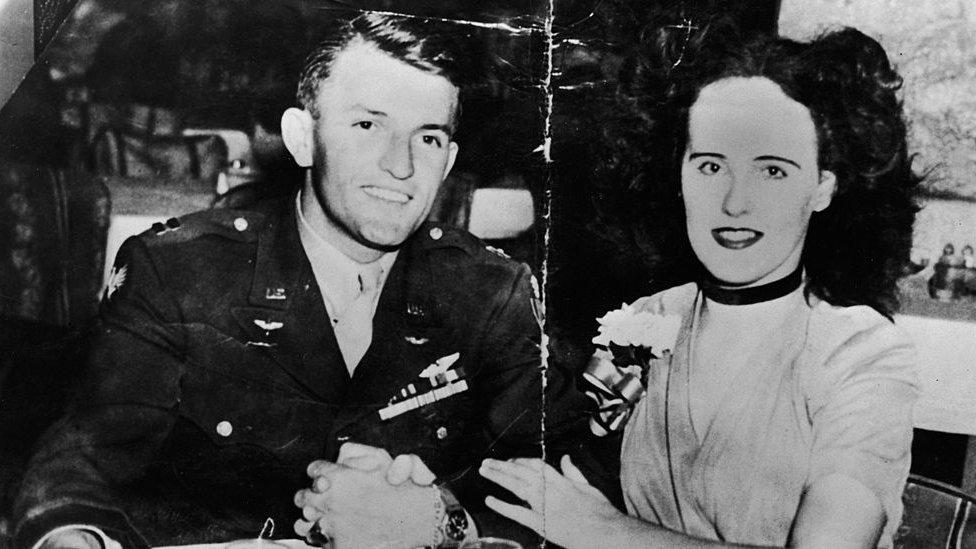
The Investigation
The media frenzy around the Black Dahlia case was immediate and intense. Newspapers sensationalized the story, and the public became obsessed with every gory detail. The LAPD received hundreds of tips, false confessions, and more than 150 suspects were considered over the years.
One of the most prominent suspects was Dr. George Hodel, a wealthy physician with a dark past. His own son, Steve Hodel, a former LAPD detective, would later accuse his father of being the killer based on chilling evidence discovered decades later—including photos of a woman resembling Elizabeth Short and audio recordings of his father allegedly confessing.
Despite these leads, no one has ever been officially charged with the murder.
Media Impact and Legacy
The Black Dahlia case has fascinated generations of true crime enthusiasts, authors, and filmmakers. It has inspired numerous books, documentaries, and films, including Brian De Palma’s 2006 film “The Black Dahlia” and episodes in popular shows like American Horror Story.
But beyond the Hollywood dramatization lies the haunting reality of a young woman’s brutal death and the failure of justice to find her killer.
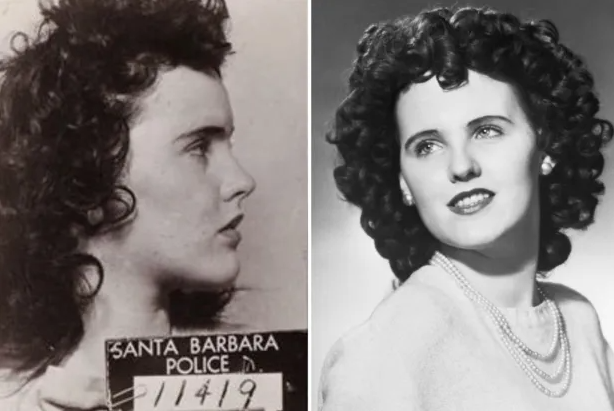
Why It Still Haunts Us
Over 75 years later, the murder of Elizabeth Short remains one of the most famous unsolved crimes in the world. It represents a collision of beauty and brutality, ambition and exploitation, mystery and myth. The case continues to captivate not only because of its gruesome nature, but because it speaks to something deeper: the dark underbelly of fame, the vulnerabilities of women seeking opportunity, and the limits of justice.
Final Thoughts
The Black Dahlia’s name may have been born out of media sensationalism, but Elizabeth Short was a real person—with dreams, flaws, and a tragic ending. Her story endures as a grim reminder that not all Hollywood tales have happy endings—and some never find closure at all.


